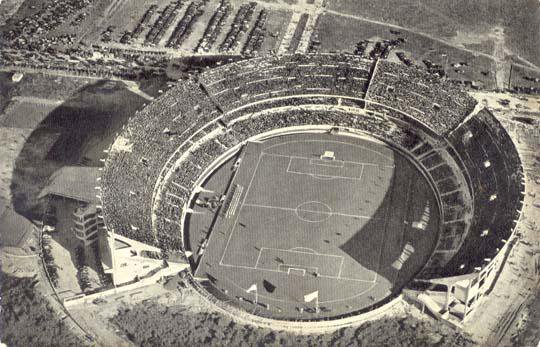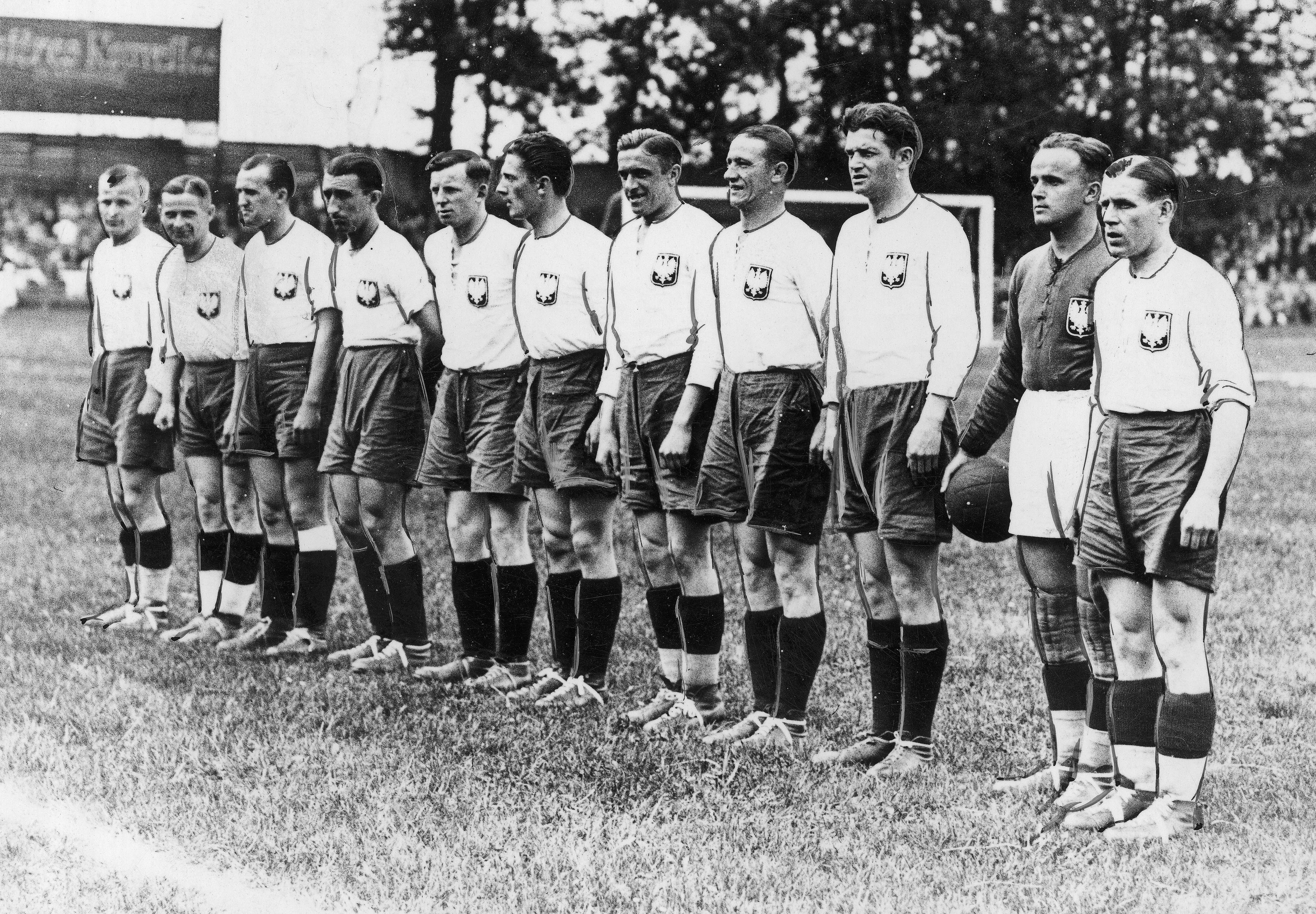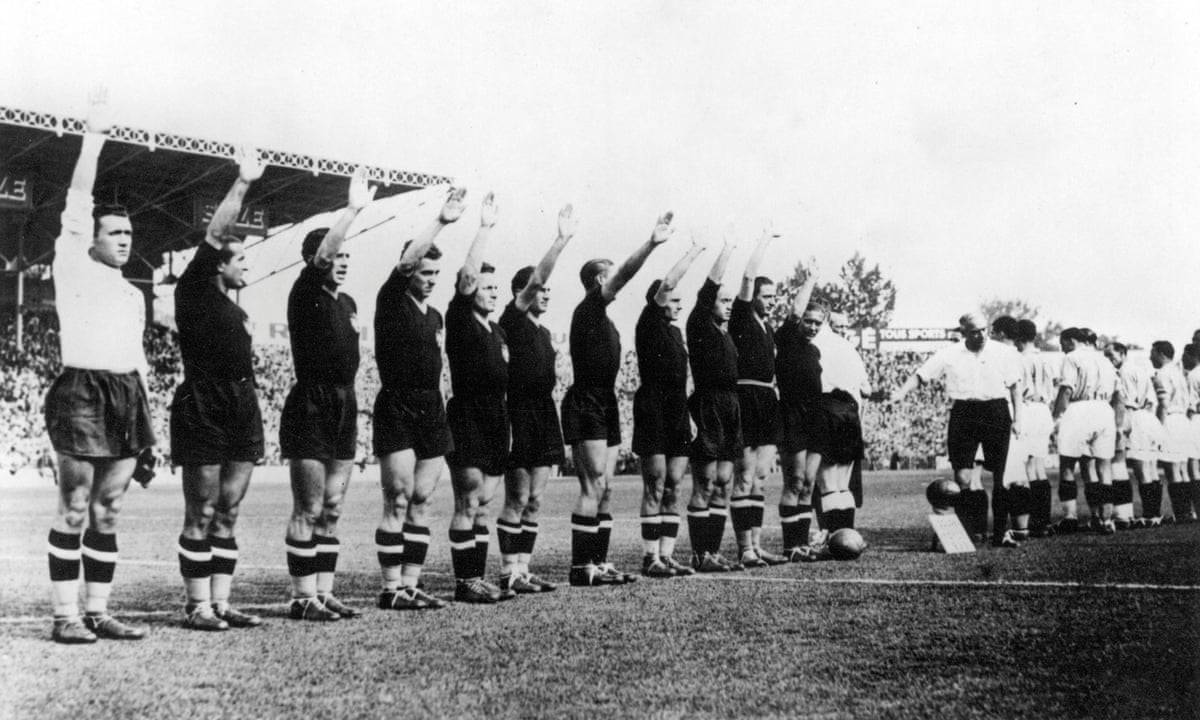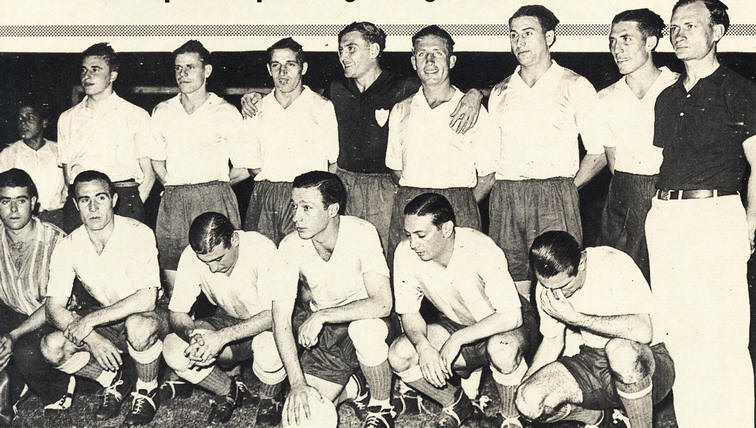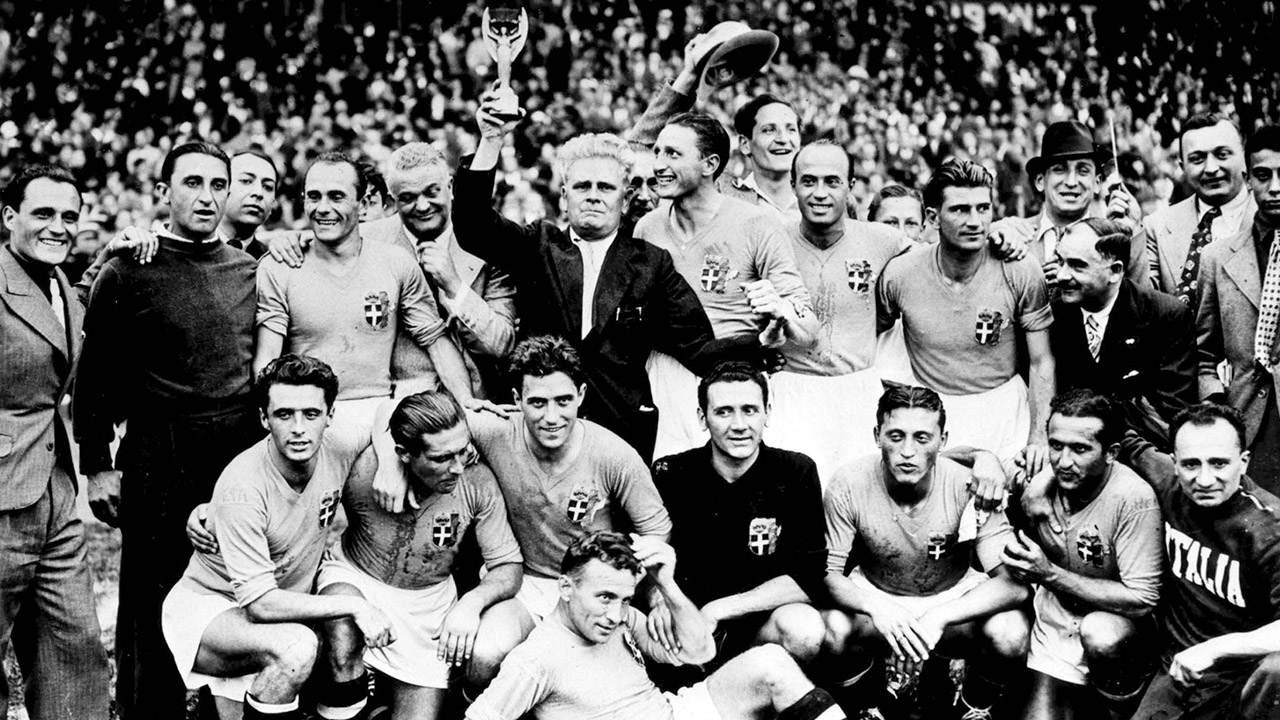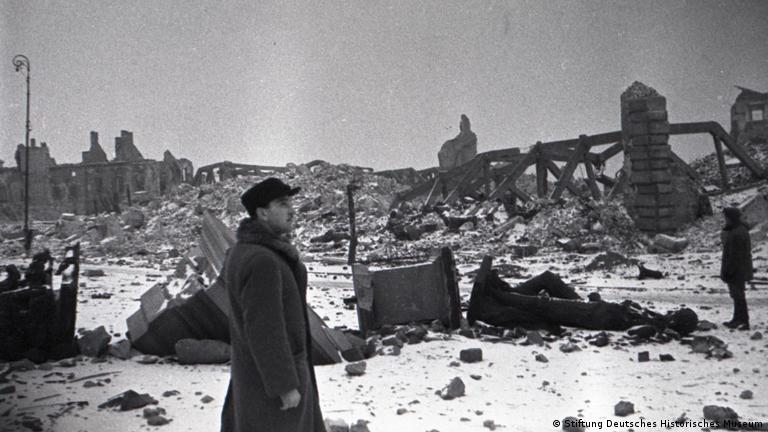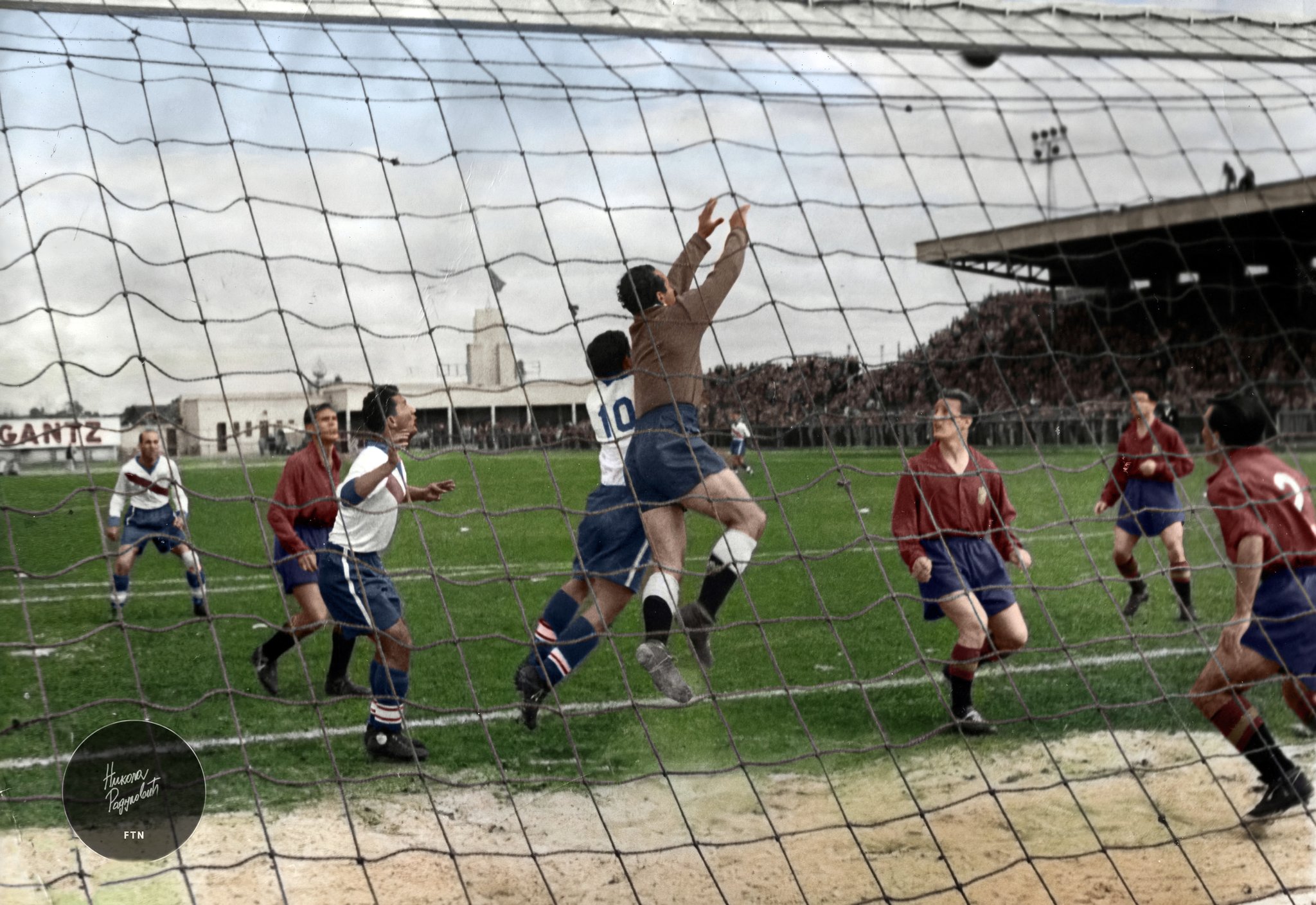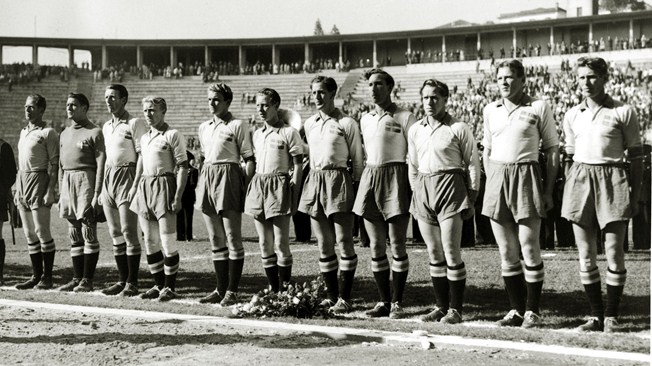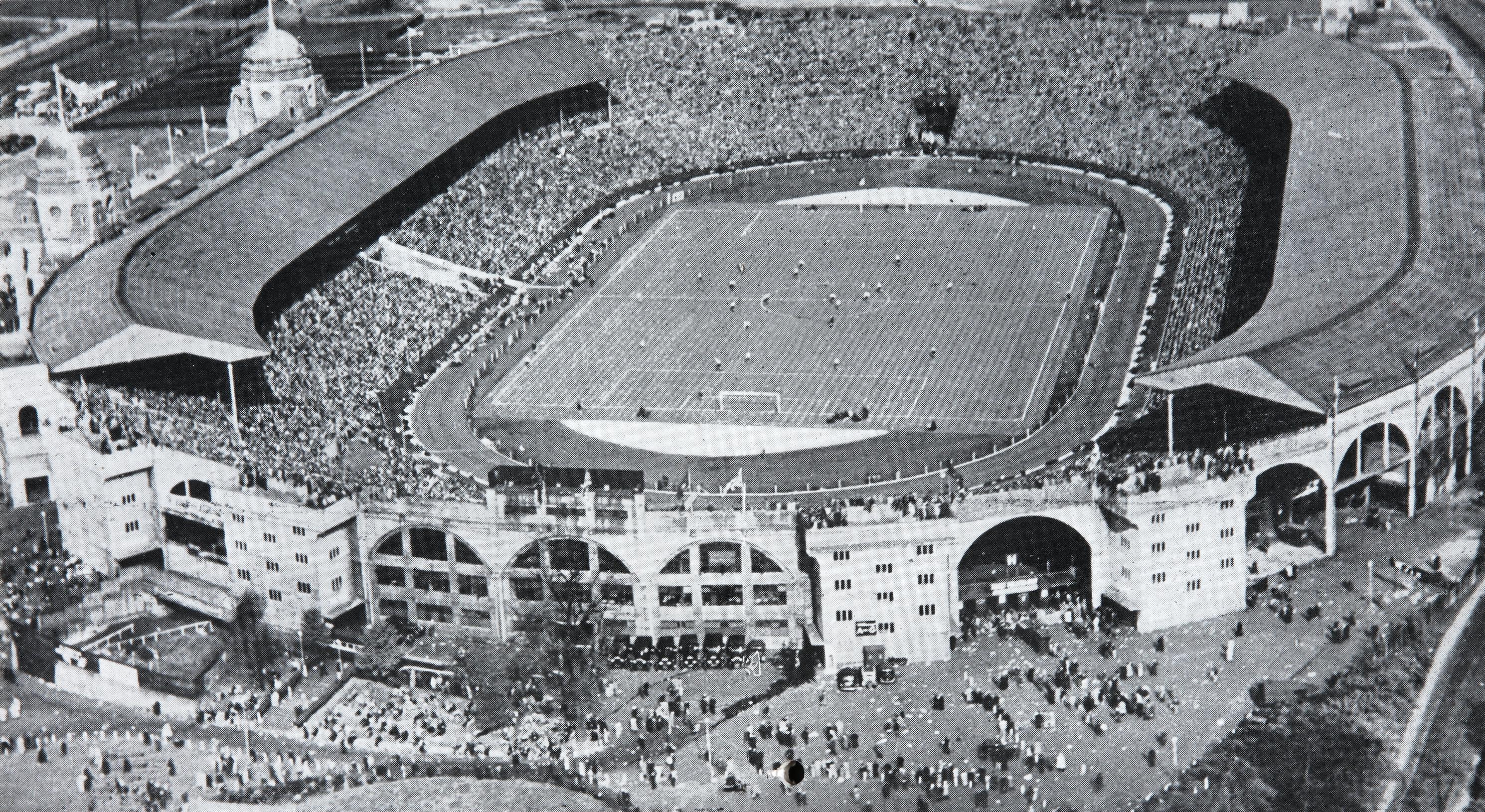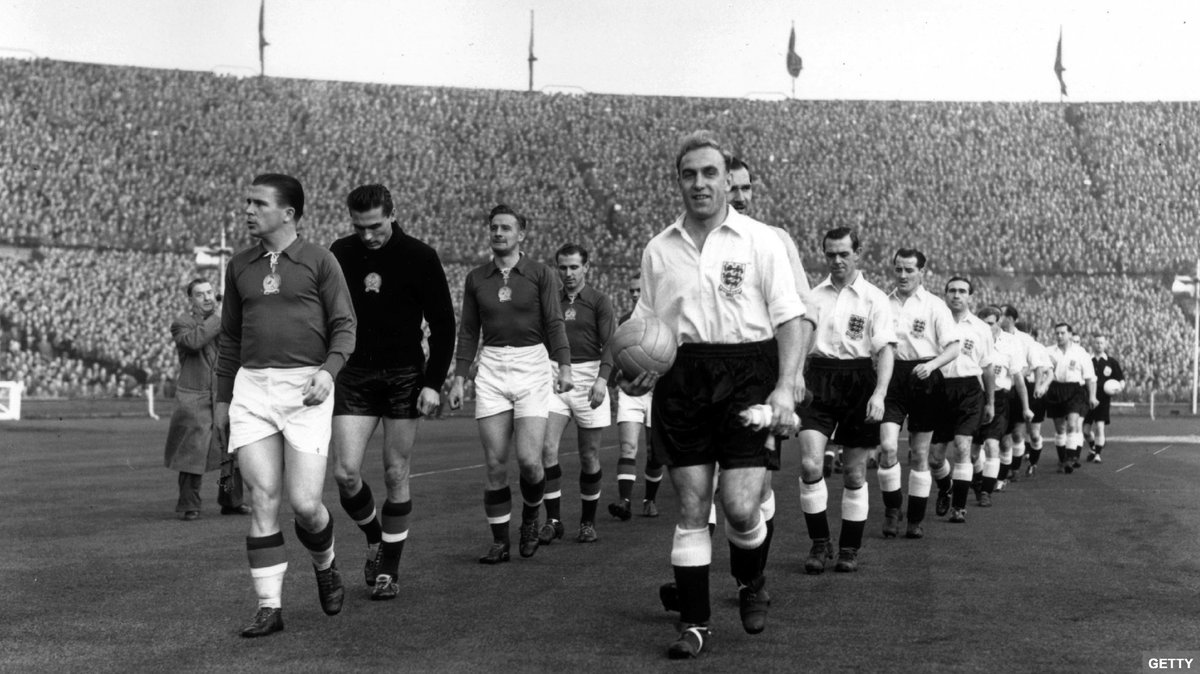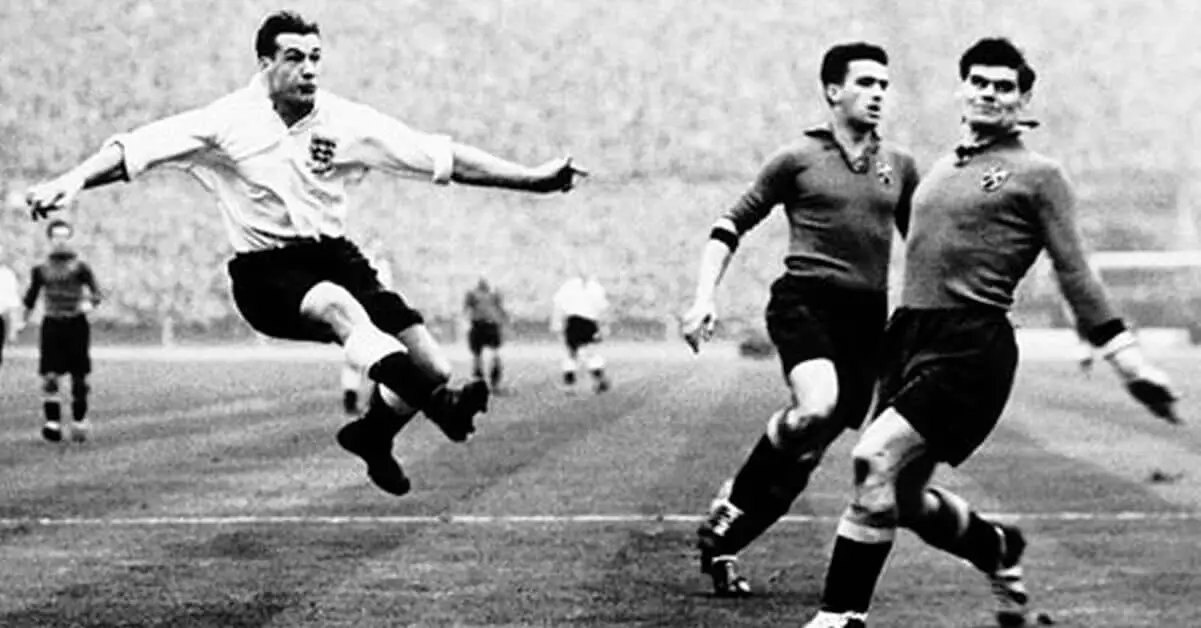1938 World Cup: Introduction
1938 World Cup
"Anschluss"
With Germany hosting the 1936 Olympics in Summer, there were doubts if the second European Nations Cup should even take place, especially as football was brought back to the prestigious games. Thus, talks began of 1940 seeing the second iteration of the tournament, with Italy being promised the hosting rights. For now, anyway."Anschluss"
The choice of Argentina hosting the 1938 World Cup came as a nuisance for the European presenters in FIFA. Most notably, Jules Rimet wanted France to host the world's most prestigious football tournament, but that 1932 European competition that he so wanted to forget was in the end used by the Argentines, who claimed how a same country should not host two tournaments in such a short amount of time. Despite the relentless politicking by the staff, the choice for the South American country to host the competition was followed with promise of making this exact tournament an even bigger event than the one of 1930. Most notably, the Argentines promised of constructing the new El Monumental in Buenos Aires by the time the tournament would take place, with a capacity of over 70 thousand. In the end, Rimet accepted, and the preparations were under way. Unlike the previous iteration of the World Cup, which saw 12 European nations participating in the event, the 1938 edition would see that number reduced to 11, courtesy to Egypt knocking out Romania in the qualifiers.
The seemingly usual suspects were to participate in the event, with the likes of Italy, Hungary, Brazil and Egypt entering the competition, along with reigning champions Czechoslovakia. Yet, the shock came on March of 1938, when the German Reich annexed the entirety of Austria, where the Nazi soldiers that were entering the country were met with great enthusiasm by the Austrian populus. The Anschluss rocked Europe, both politically and in sporting terms. The Wunderteam that had won the 1932 European Cup and reached the final of the 1934 World Cup was now gone, and many of its players were now taken to Germany, which had a rather forgettable run in the 1934 edition of the tournament. WIth the Wunderteam under its belt, the NSDAP expected the 1938 World Cup to be a show of Aryan force to the world, and a propaganda win for the Germans. With Austria gone, Norway was now welcomed to the competition, and it would join Poland, Cuba and the Dutch East Indies as the debutant. Unlike last time, Uruguay finally agreed to participate in the competition's qualifiers, but they were surprisingly beat by Brazil! Thus, the 1930 champions would not show up in the 1938 World Cup.
Participating teams
Pardon for the inconsistent schedule, folks, but we are very close to finally finishing the 1930s of the Delaunay's dream, and in what better way than to finally give Argentina its World Cup which was given to France in the OTL. Politics might be taking over sports in this period, but surely the 1938 World Cup will give us something to cheer for. Staying close to the 1937 Copa America's results, Brazil manages to beat Uruguay in the World Cup qualifications group to qualify for the competition, while Norway is given a spot after Austria's annexation. Without further a do, here are the upcoming matches:
Italy v Norway
France v Belgium
Brazil v Poland
Czechoslovakia v Netherlands
Hungary v Dutch East Indies
Switzerland v Germany
Sweden v Argentina
Cuba v Egypt
Last edited:
